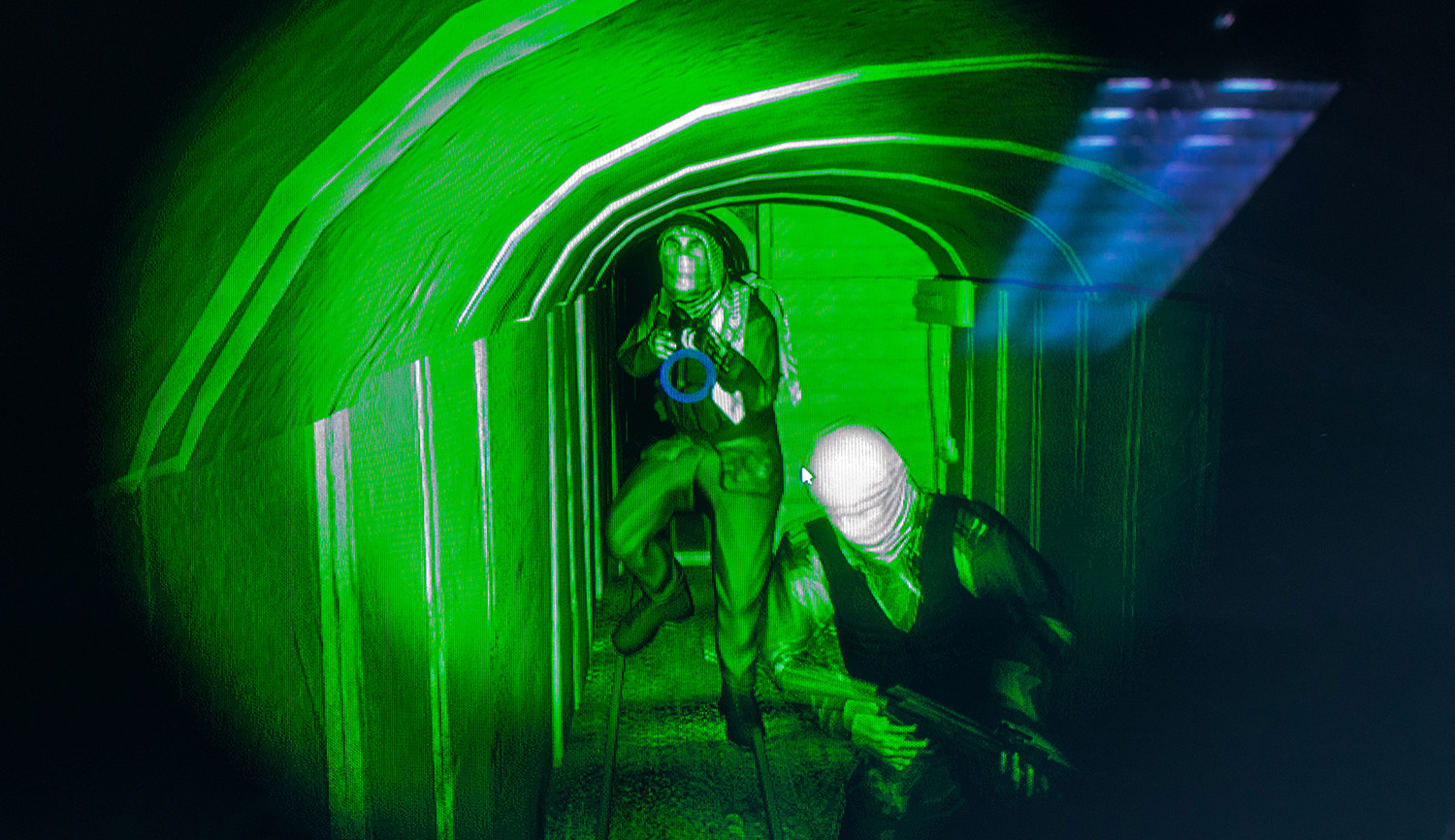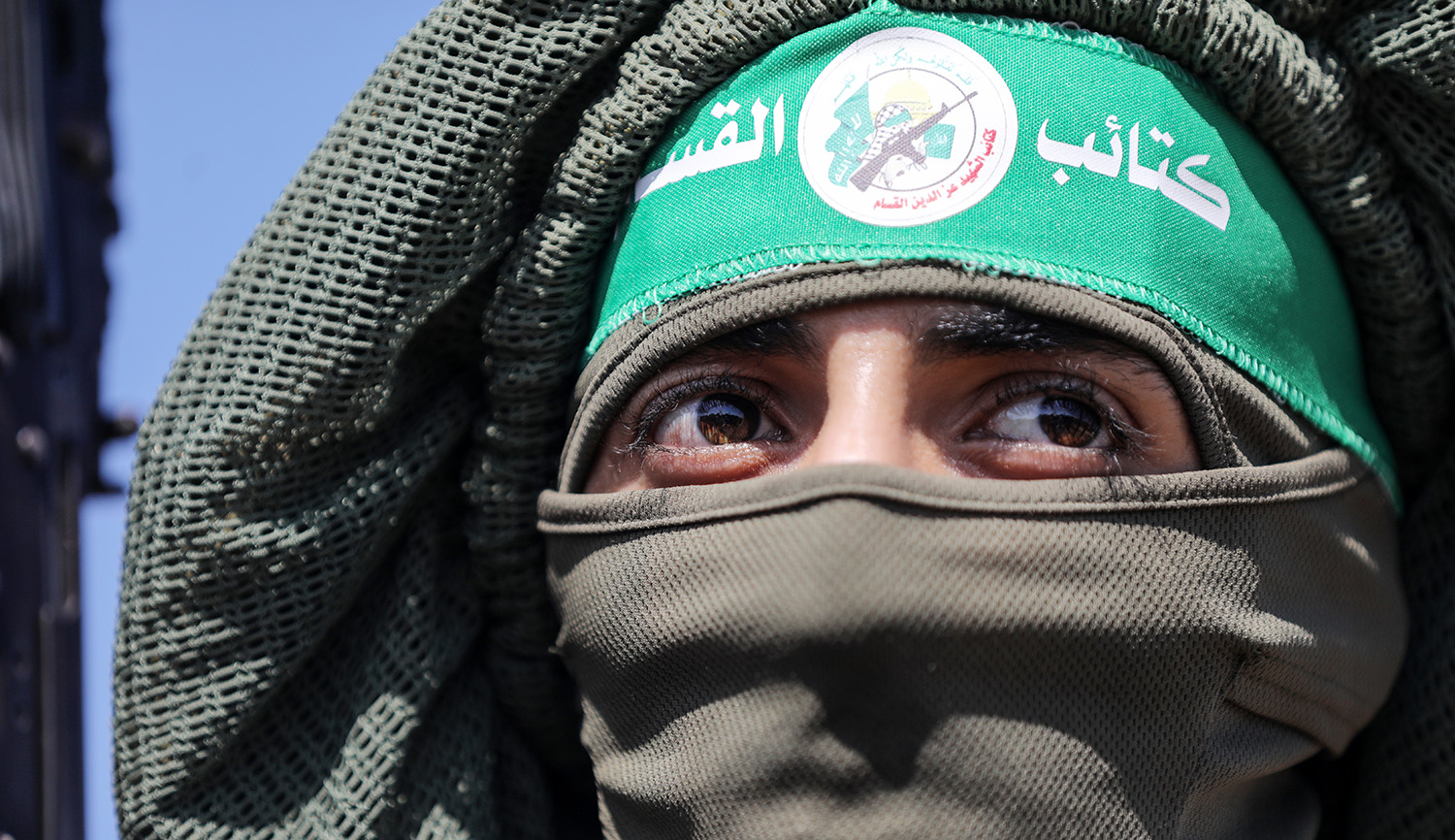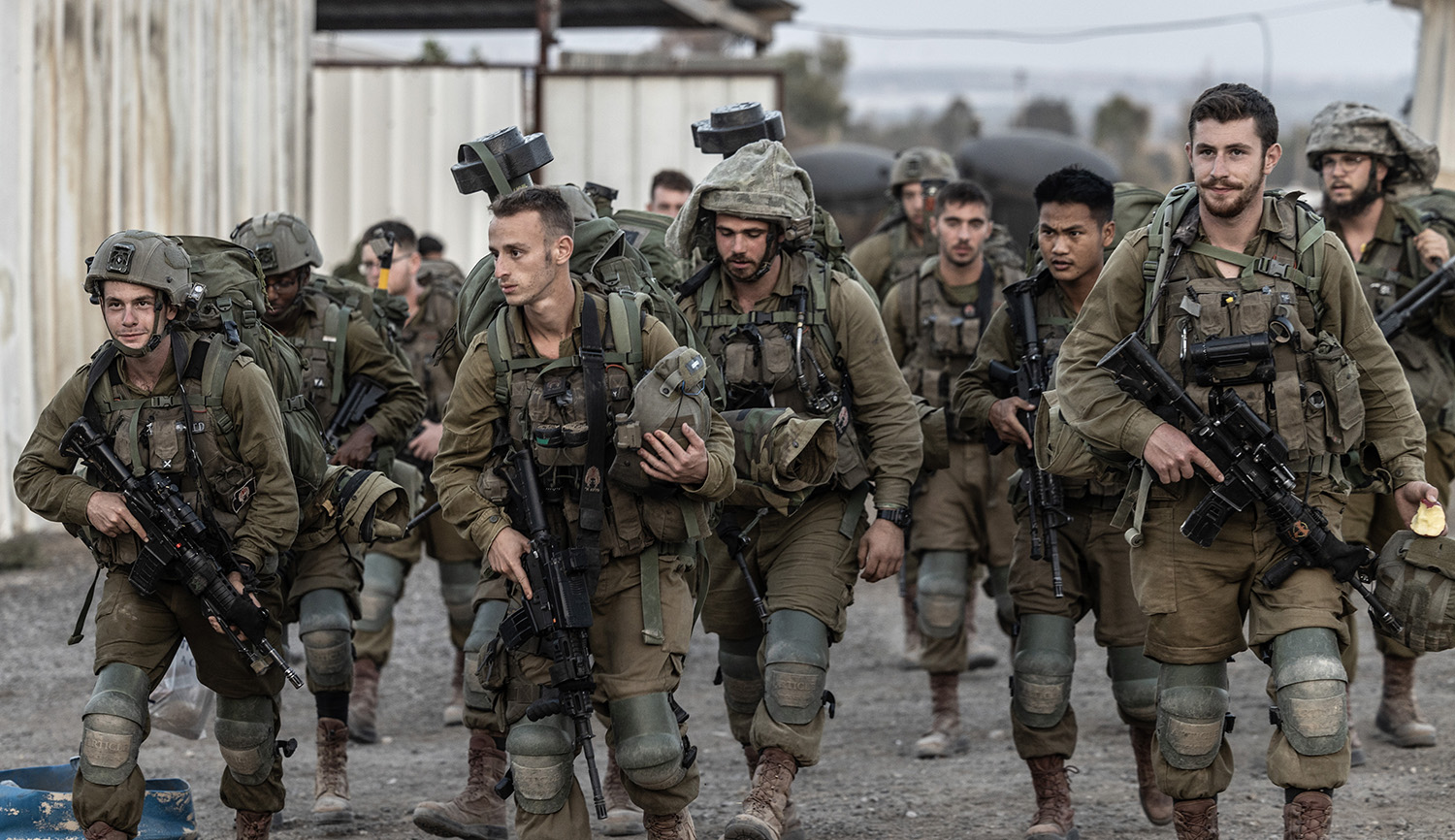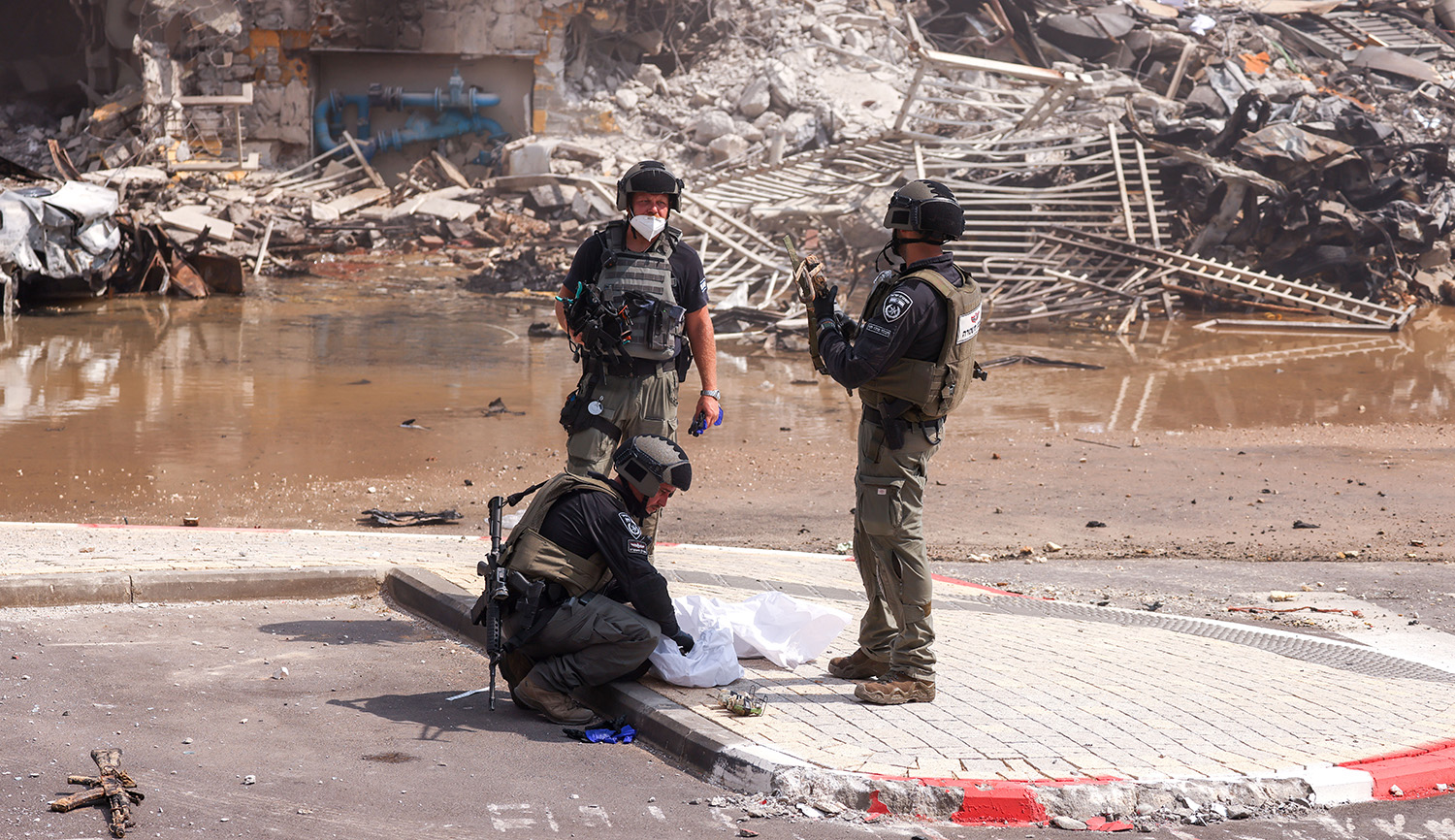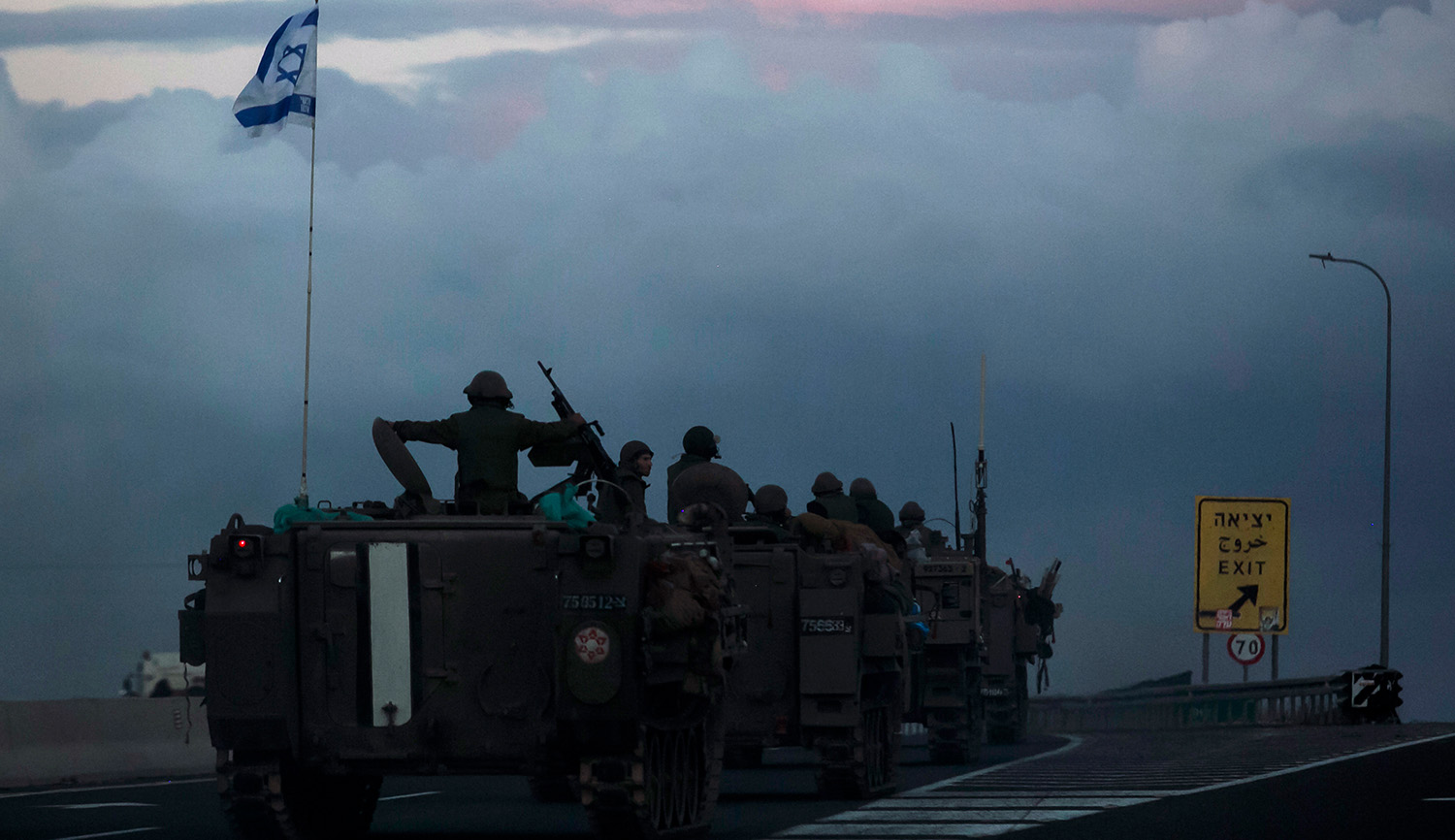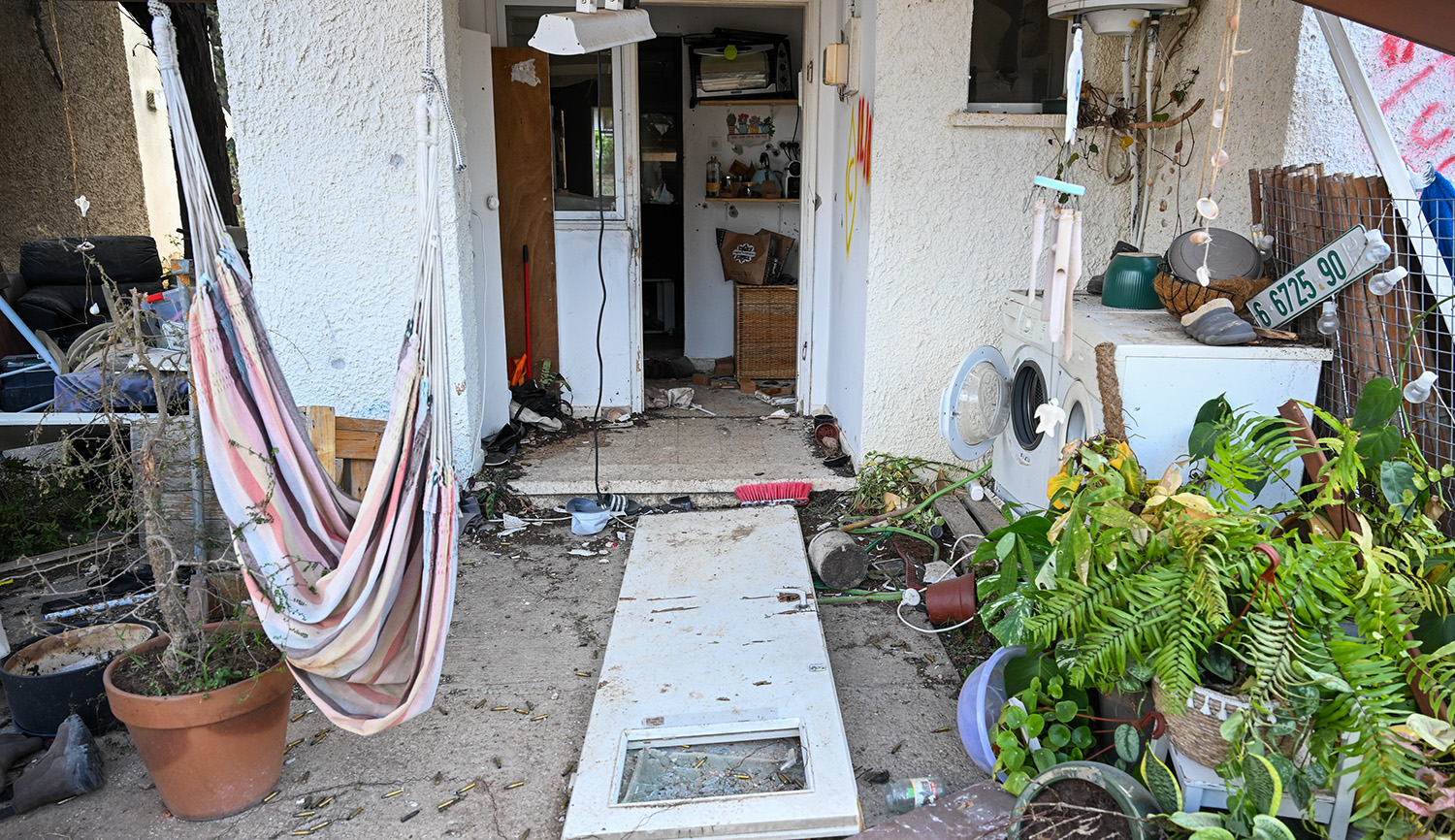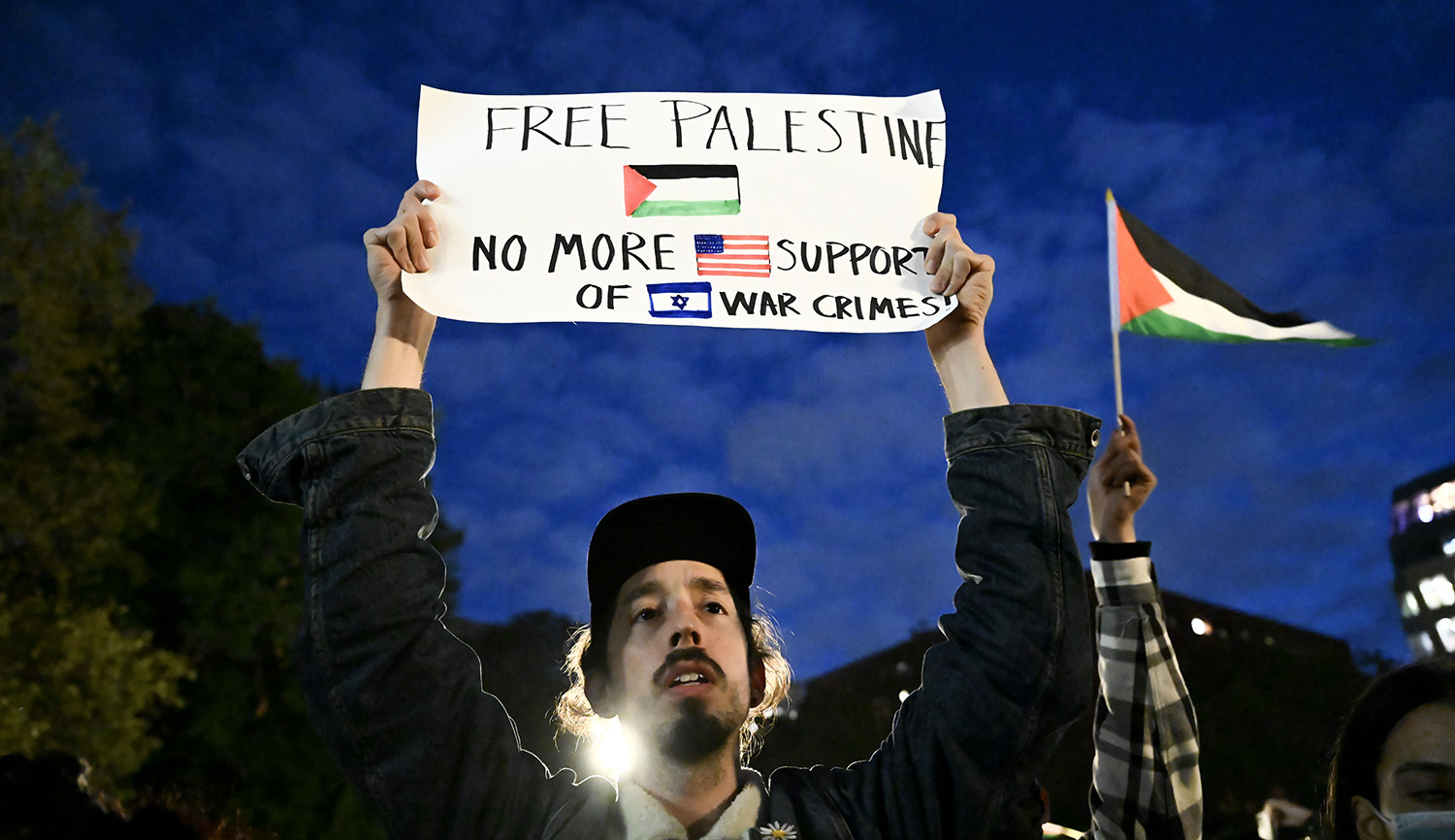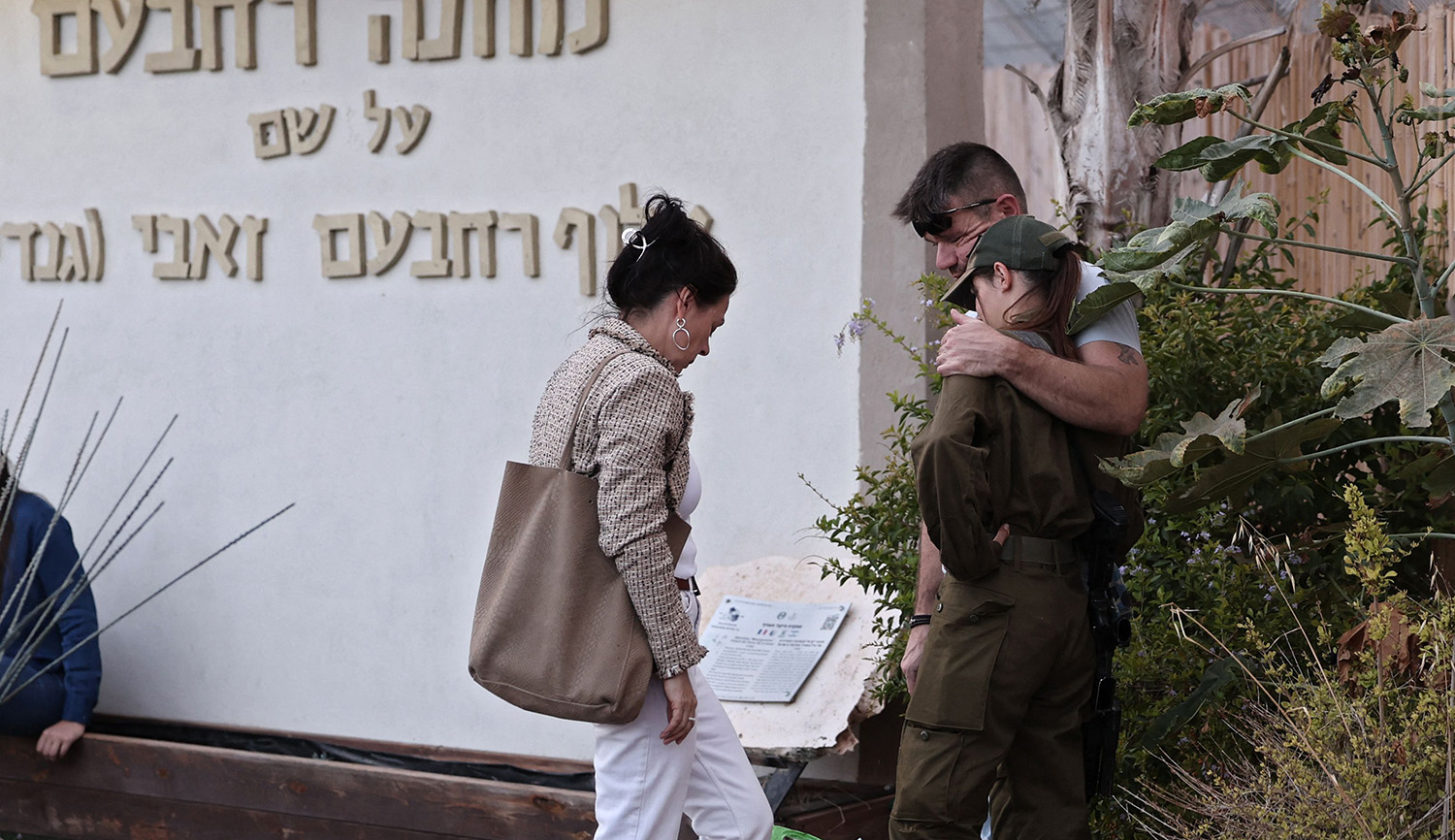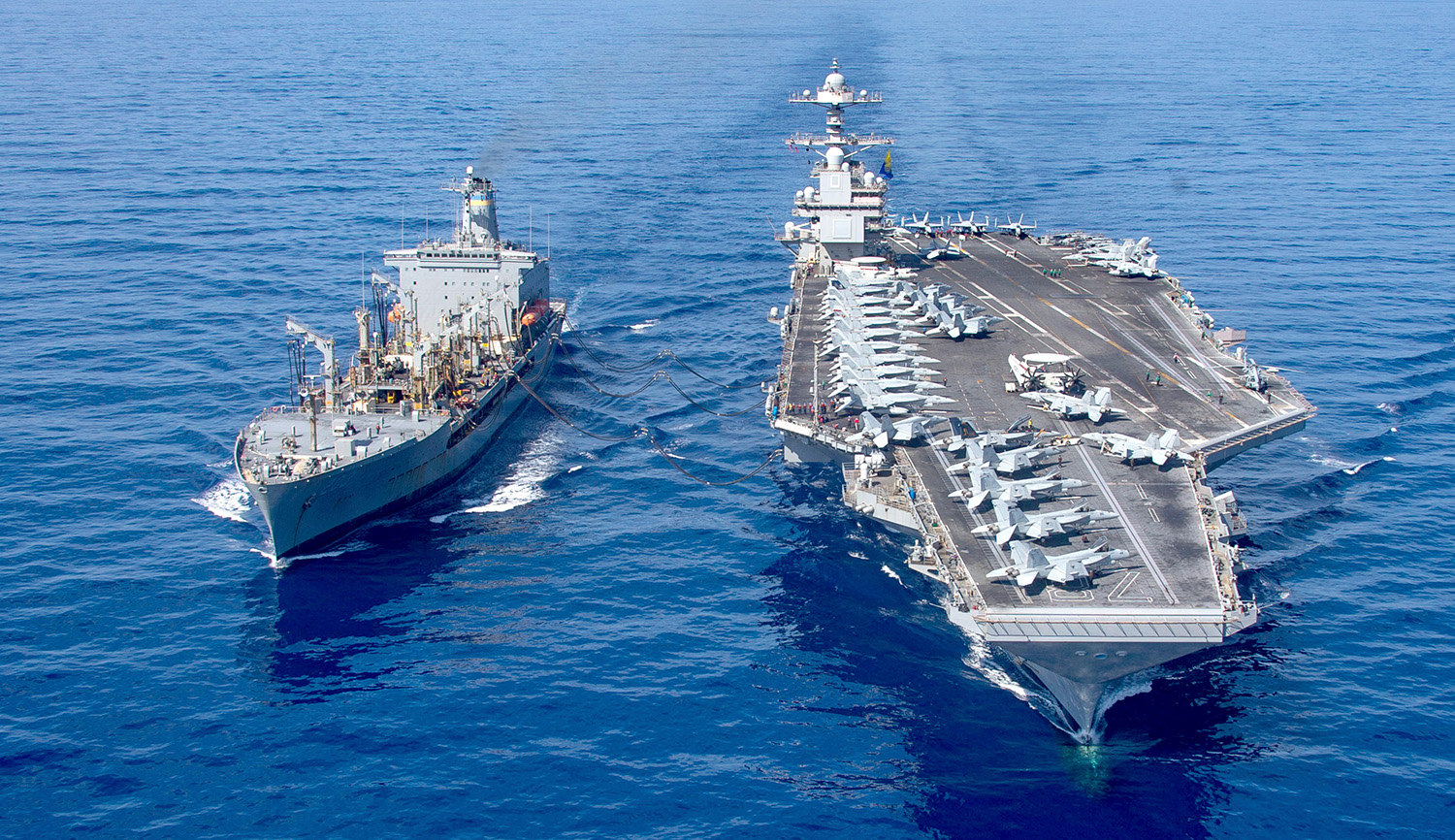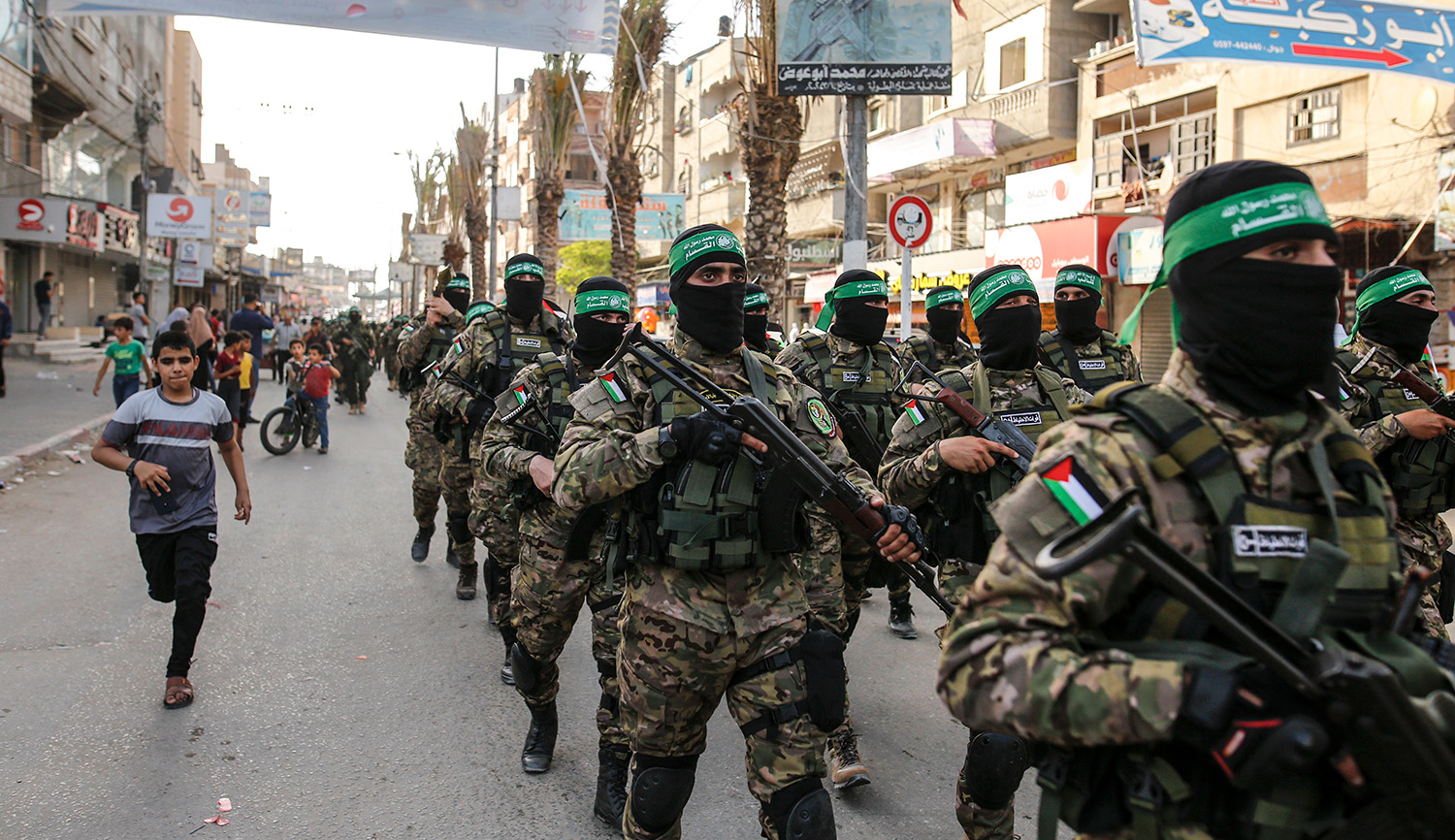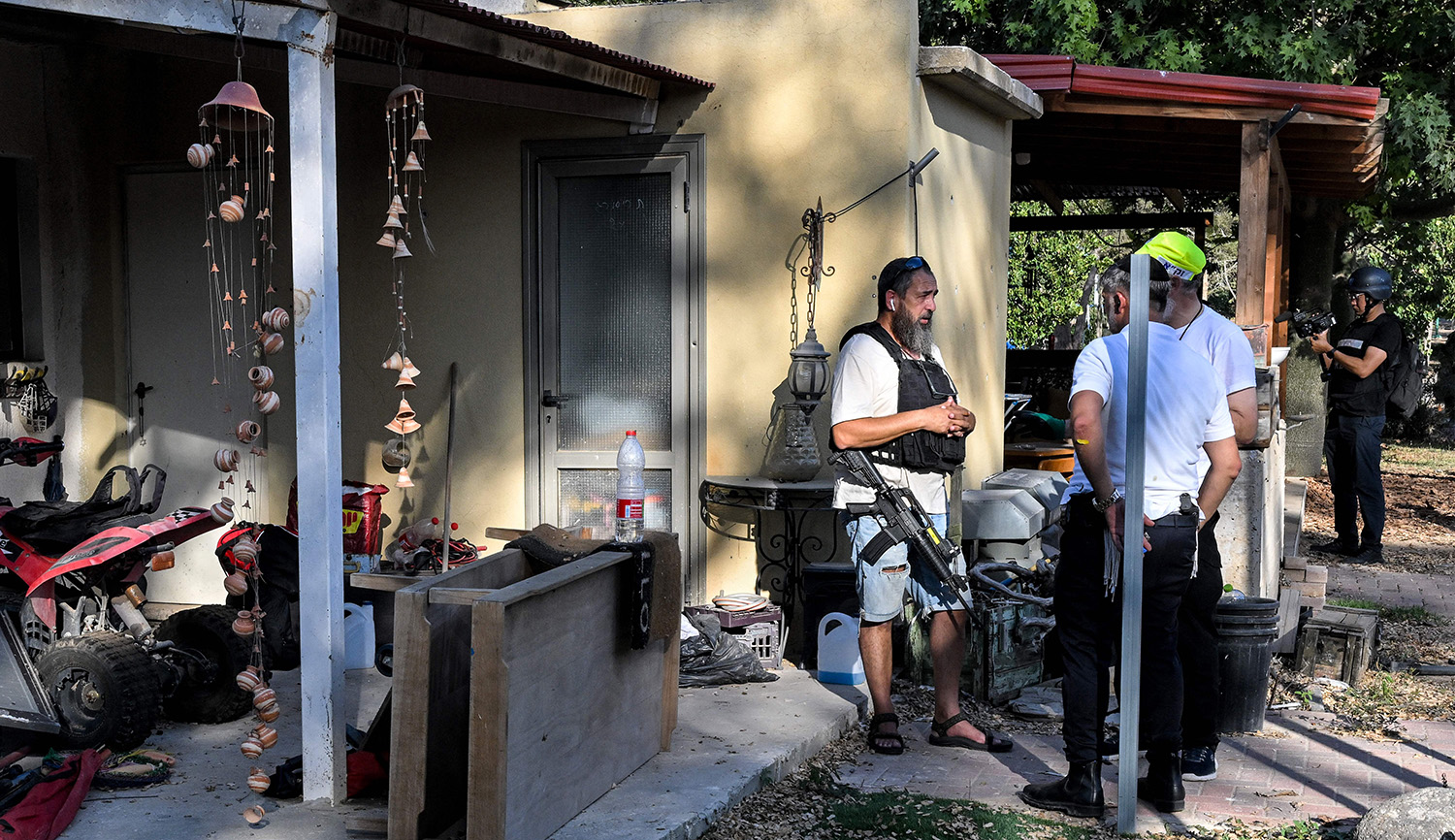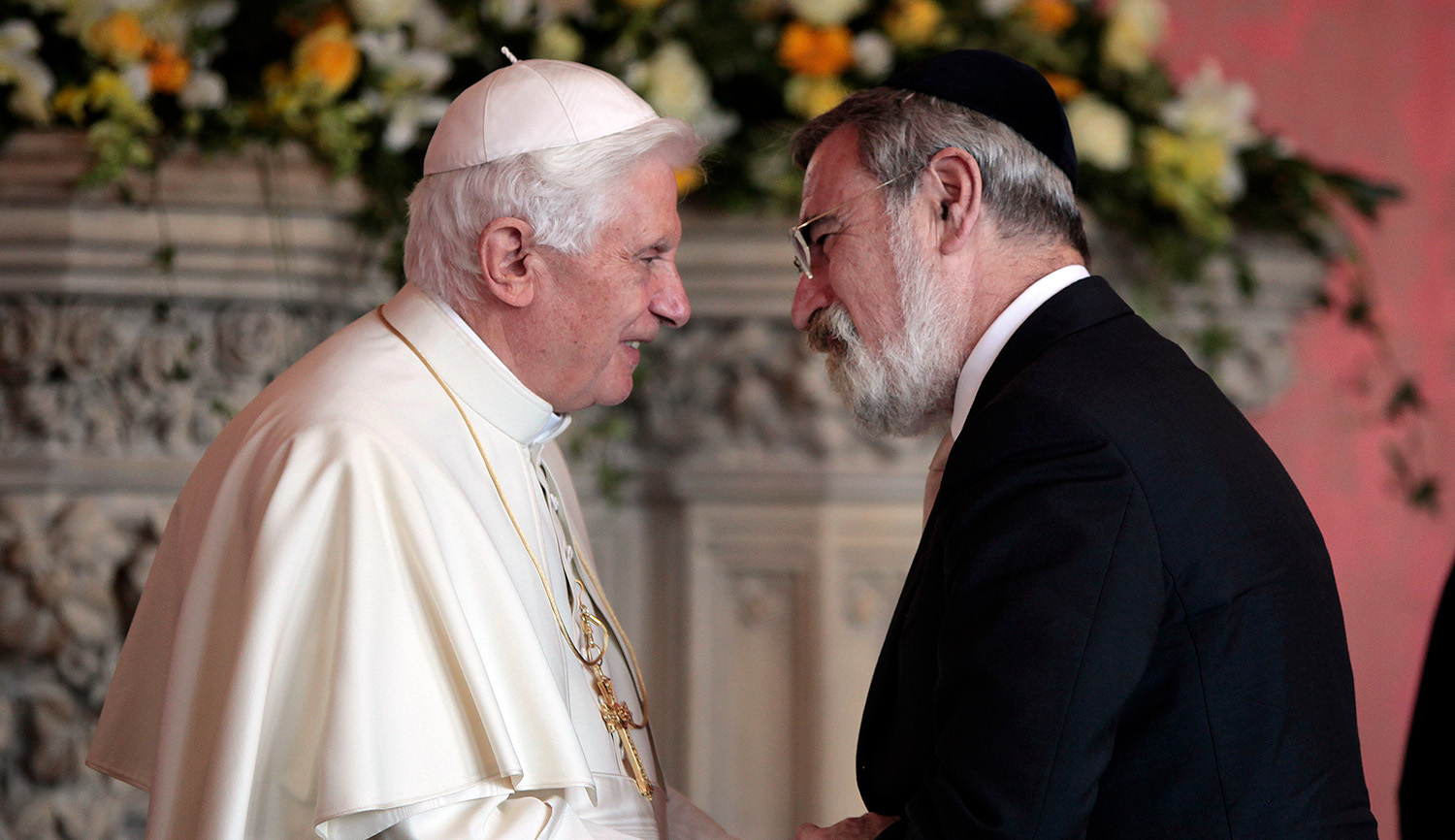When the sirens rang out on the morning of Simchat Torah, October 7, many Israelis turned on their televisions and radios to find out what had happened; some checked the major news websites on their phones. They saw reports of a massive Hamas rocket barrage from Gaza, alongside rumors of possible Hamas infiltration across the border.
Others, though, checked the popular messaging app Telegram, where large channels share breaking news every few minutes. Despite official-sounding names like Latest News Israel or Voice of the News Telegram, these groups are often run anonymously and share legitimate news stories alongside unverified rumors and videos from members of the public. For much of the day, these groups were ahead of the official news, unburdened by Israel’s strict military censorship laws. The people following the Telegram channels knew the disaster was much worse than was being reported.
By the afternoon, videos of the attacks began to appear in Hamas-affiliated Telegram channels too, recorded by the terrorists themselves as they burst into kibbutzim, villages, and the Nova music festival, killing and kidnapping.
The French philosopher Jean Baudrillard, in his essay collection The Gulf War Did Not Take Place, claimed that most people experienced the 1991 conflict not as a war, but rather as a hyperreal simulation of war mediated through TV news networks like CNN. That was never true for Israelis, who experience their wars via sirens and fear, closed schools, blood drives, first-hand testimonies, funerals, and loss.
By contrast, the rest of the world now experiences wars through both traditional and social media, with many younger people getting their news primarily or exclusively from apps and websites like TikTok, Instagram, and X (formerly Twitter). This is a different kind of mediation. Social media are inherently personal and proudly subjective, as people share their own eyewitness experiences, videos, reactions, and emotions. Hamas’s own footage, recorded on the phones and bodycams of terrorists while slaughtering Israeli civilians and kidnapping terrified children, were the first sights the world saw of the war. Shortly afterwards, images and videos from Gaza of Israeli airstrikes and their aftermath also spread, the two sides of the conflict each promoting their own images to try to win the battle of narratives.
The genuine horrors, though, quickly began to be diluted by the fakes. Posts of gruesome images from Syria gained millions of views by claiming to show the results of IDF attacks on Gaza. Images of children in cages were falsely claimed to depict Israeli prisoners of Hamas. Clips from the videogame Arma 3 were repeatedly shared as footage of the conflict. These fakes were often disseminated in good faith by people who genuinely believed them to be real. But X/Twitter’s new policy of paying some users for their popular posts meant that it could cost a lot of money to delete a fake post that went viral. Unsurprisingly, fake content about the war still abounds on social media, often spreading further and wider than real information.
These new forms of communication have also created a very different sort of problem that has nothing to do with accuracy. Twenty years ago, every pop star, actor, and model didn’t have to issue statements on major world events, but social media leave people expecting, even demanding, to hear from their idols. Hundreds of celebrities shared their condemnation of Hamas and support for Israel, usually attracting hate from anti-Semites and anti-Zionists. Those celebrities who chose to remain silent—or to issue vague statements that danced around the issues—faced heavy criticism from Israel’s supporters. Many Israelis were moved by this outpouring of support from such an unusual quarter, even if there were a few little mistakes, like Justin Bieber sharing an Instagram post with the words “Praying for Israel” superimposed over a photograph of a bombed building . . . in Gaza. While some fans wondered if there was a hidden meaning, the post was quickly deleted and fixed.
Faced with a rare moment of international sympathy, but seeing the beginnings of a backlash, the Israeli government decided to use social media in a way that had always previously been taboo in Israel: the government released photographs of murdered Israelis, including children, blasting out the images on every platform that would allow them to. (Many, like Facebook, don’t permit this sort of disturbing content). Even this didn’t convince the critics, with Al Jazeera falsely claiming that the images were generated by artificial intelligence. Arguably violating the Jewish principle of honoring the dead ultimately failed to change minds that weren’t already made up.
Social media, though, also have a corrective role. When the Hamas-controlled Gaza health ministry claimed Israel had killed 500 Palestinians by bombing the Al-Ahli hospital in Gaza City, the IDF asserted that the hospital had really been hit by a failing Islamic Jihad rocket. But it was open-source researchers on social media who were able to examine photographs from the site, videos of rocket launches, and more to back Israel’s account and to cast serious doubt on Hamas’s claimed death tolls. In this case, social media provided a more accurate picture than many mainstream news outlets that claimed the hospital had been destroyed.
Back inside Israel, those same Telegram groups that preempted the mainstream news started warning darkly of other plots: Israeli Arabs organizing pogroms in major cities and photographing buildings, surprise attacks from the West Bank, a Hamas electromagnetic weapon that would shut off all the water. These baseless rumors, circulated further on WhatsApp groups and Facebook pages, added to the panic and fear many Israelis felt at the start of the war. Another recurring theme in these groups: claims that Israel was betrayed from within, by Hamas sympathizers or spies in the IDF.
But social media have also served a much more constructive purpose in facilitating the incredible social cohesion Israelis have demonstrated in the past two weeks. Every Facebook group filled with people collecting clothes and toys for evacuees from the south, or body armor and cookies for soldiers; people offering support for families where the father or mother has been called up into the IDF reserves, or free activities; people supporting each other. Social media have also been the place where bereaved families share the stories of their lost loved ones, their photos, and their hopes and dreams so we can all remember them.
This is not the first social-media war. In fact, it might be the last. TikTok is facing increasing scrutiny due to its links to the Chinese regime, Facebook is bleeding users and popularity, and Elon Musk seems determined to drive Twitter into the ground. The European Union even warned Musk about allowing disinformation about Israel’s conflict with Hamas to dominate his platform. The future of social media may well be more fragmented among different platforms and countries’ varying regulatory regimes.
For now though, especially for younger audiences around the world, Hamas’s atrocities and Israel’s responses exist only as they appear on social media. As the conflict continues, social media are at least as important as traditional media for shaping the global public’s understanding of the conflict. Remembering that is vital if Israel wants to win the battle for the narrative as well as the war on the ground.
More about: Gaza War 2023, Israel & Zionism
